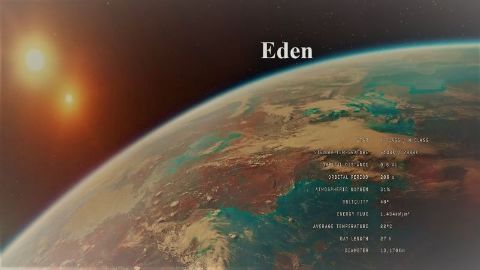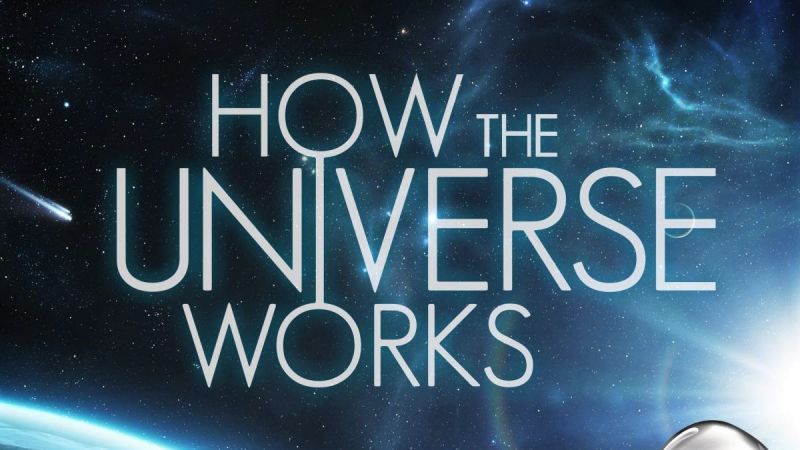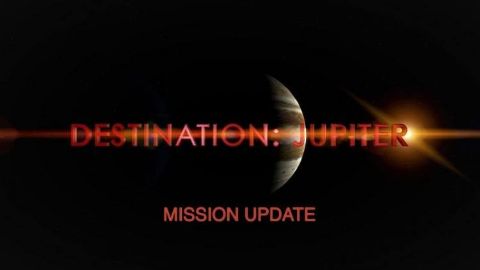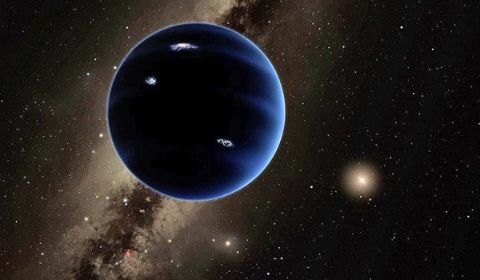Across the Universe: The Voyager Show • 2010
A spectacular journey into the depths of space: In August 1977, NASA launches one of its most daring missions in space flights. The Deep Space orbiters Voyager 1 and Voyager 2 are shot into space. The task of the two orbiters: exploring the outer gas planets in our solar system. More than 30 years later, the two orbiters have traveled a distance of 15 billion miles and still send unique data to Earth. Countless recordings of these orbiters still serve as the only footage of the two planets Uranus and Neptune, and their moons. After more than 30 years of flight Voyager 1 is the farthest from Earth object that mankind has ever created. THE VOYAGER SHOW: ACROSS THE UNIVERSE demonstrates all the technical, historical and astronomical details of the fascinating Voyager missions that continue to this day.
Make a donation
Buy a brother a hot coffee? Or a cold beer?
Hope you're finding these documentaries fascinating and eye-opening. It's just me, working hard behind the scenes to bring you this enriching content.
Running and maintaining a website like this takes time and resources. That's why I'm reaching out to you. If you appreciate what I do and would like to support my efforts, would you consider "buying me a coffee"?
Donation addresses
BTC: bc1q8ldskxh4x9qnddhcrgcun8rtvddeldm2a07r2v
ETH: 0x5CCAAA1afc5c5D814129d99277dDb5A979672116
With your donation through , you can show your appreciation and help me keep this project going. Every contribution, no matter how small, makes a significant impact. It goes directly towards covering server costs.





